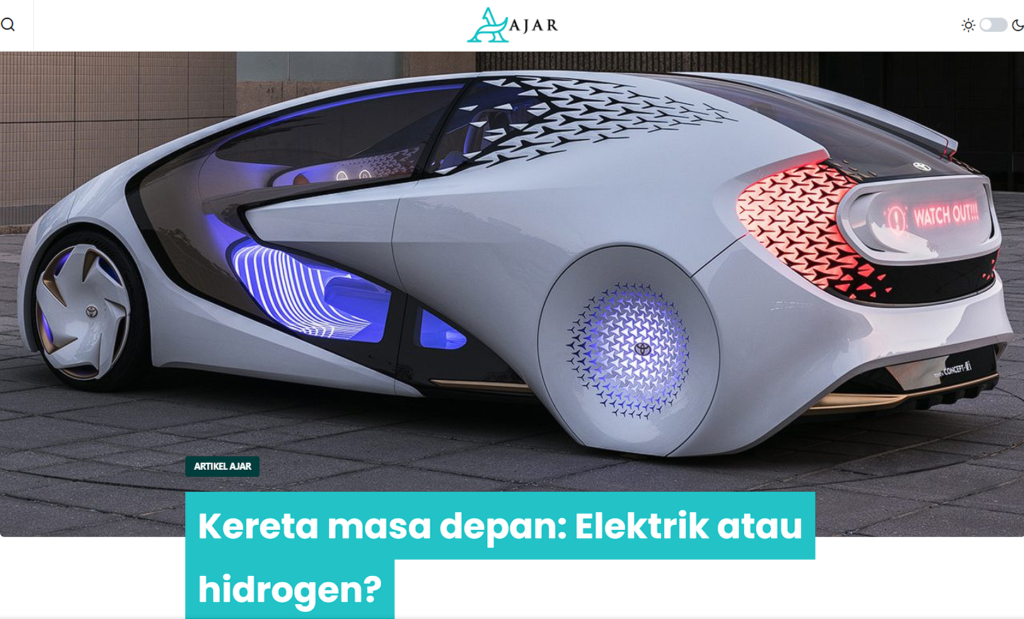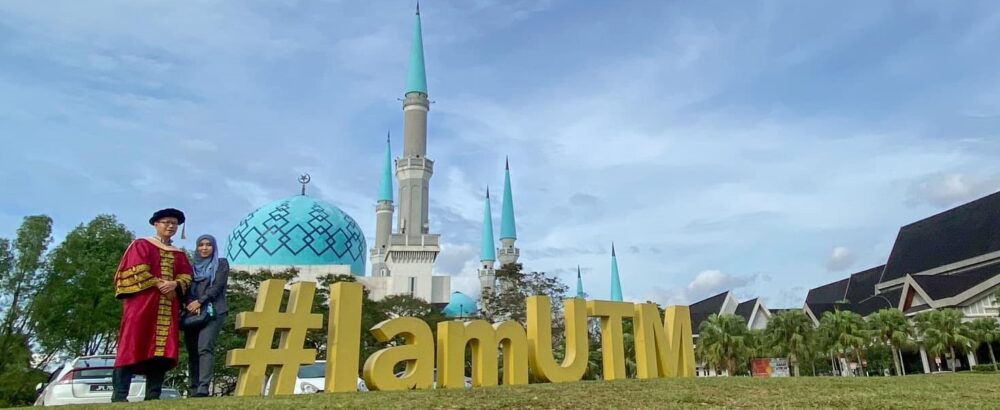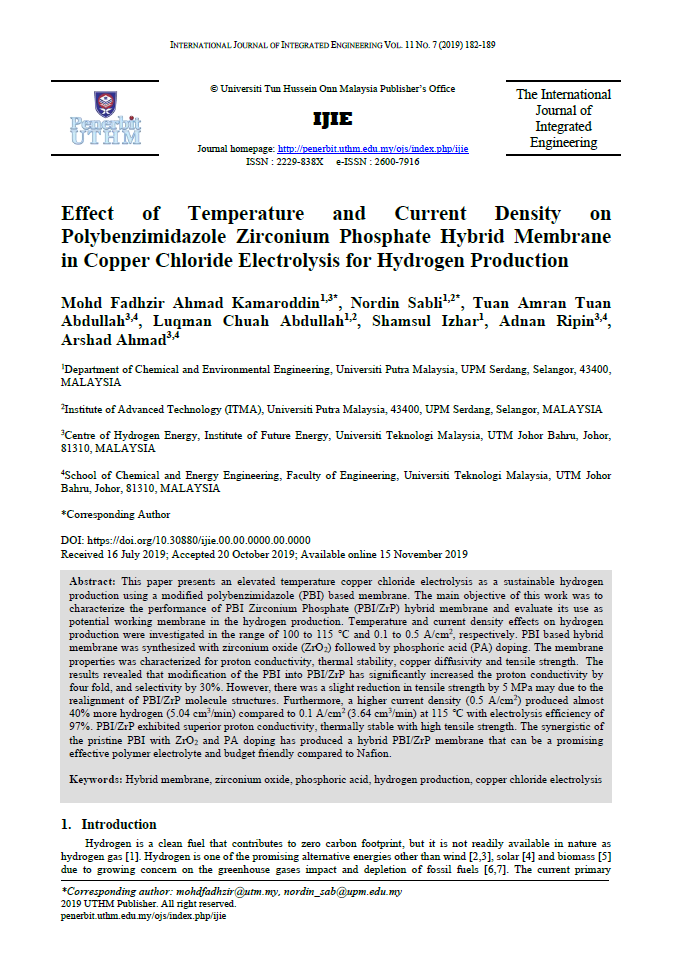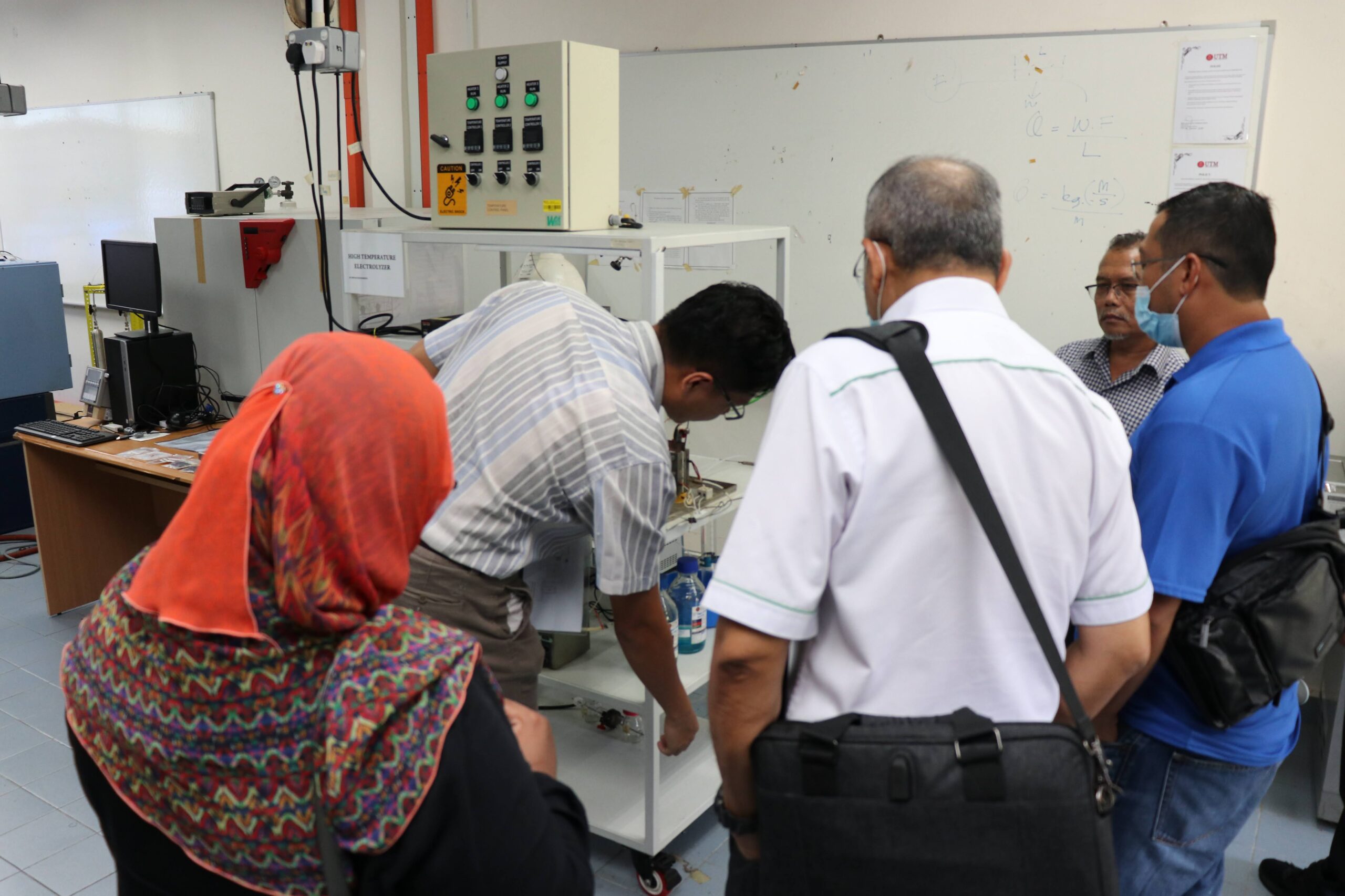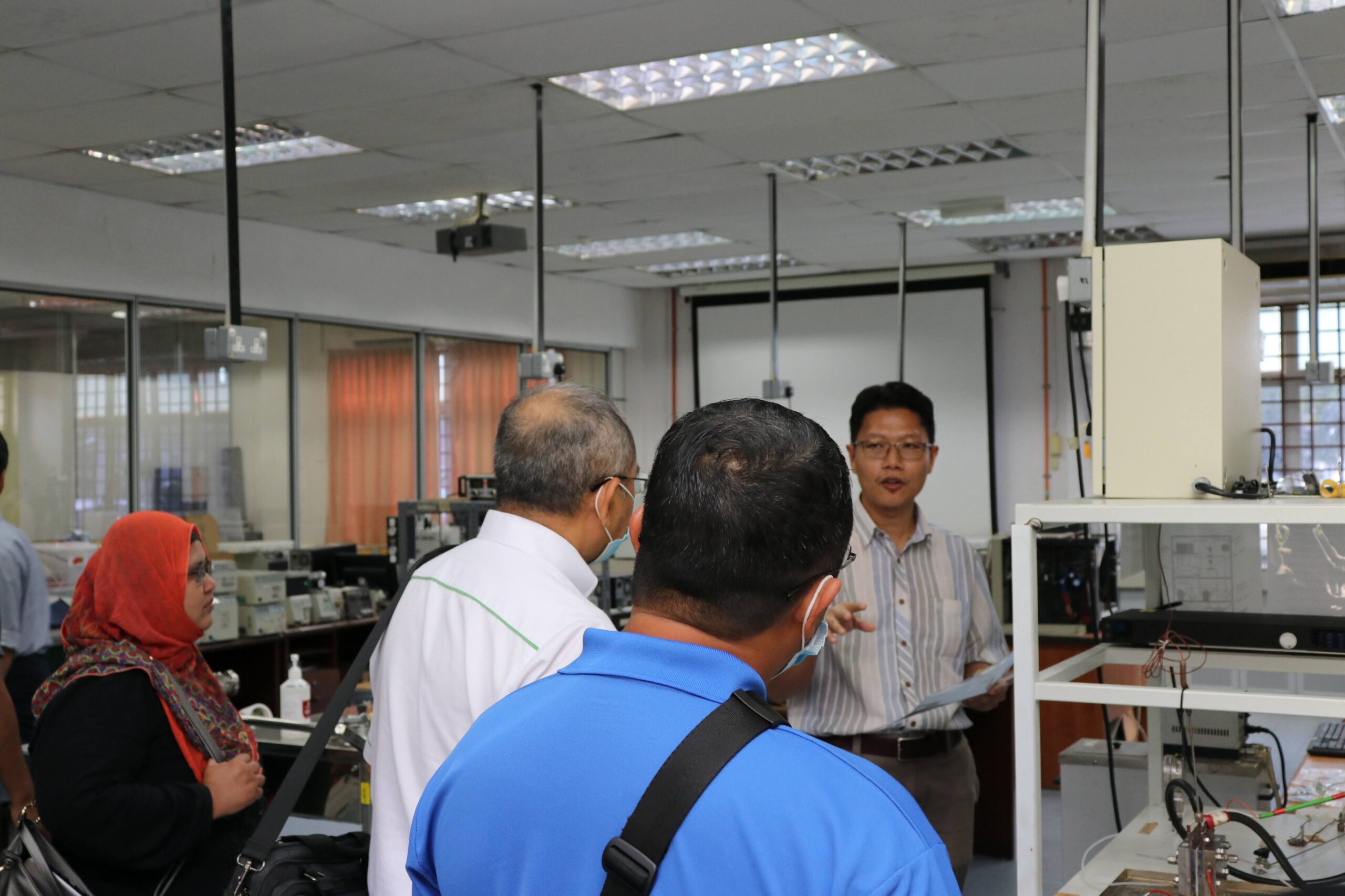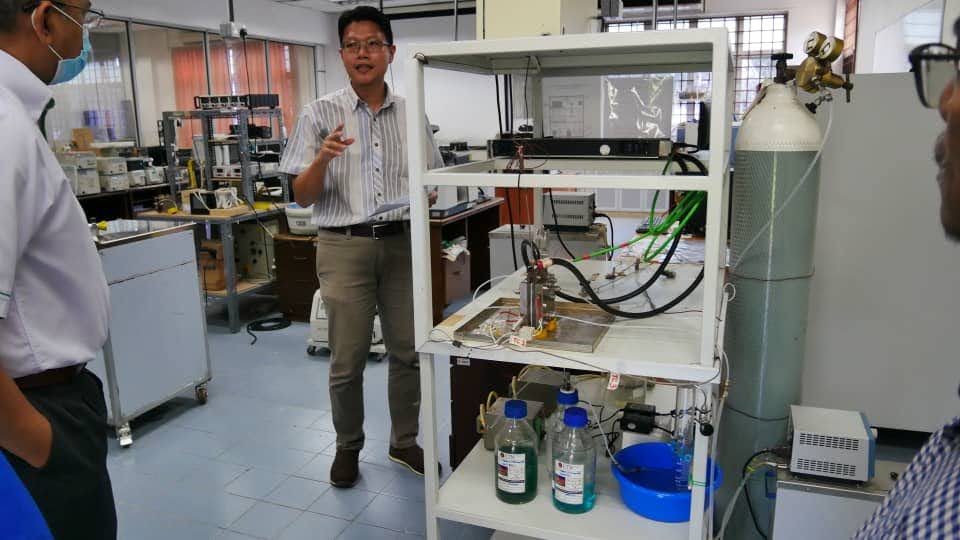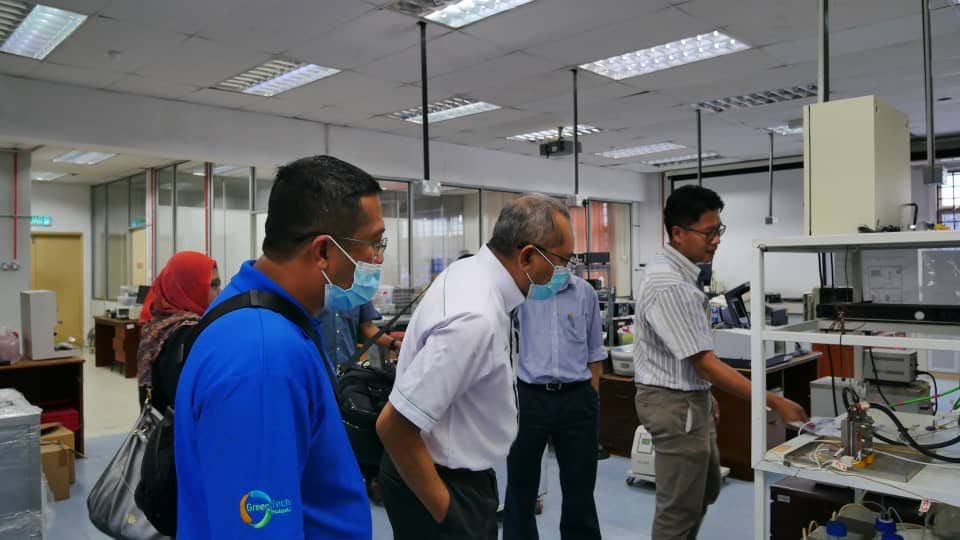- Driving Towards a Greener Future – Which Car are the Best for Malaysia’s Energy Security? UTM Nexus Issue No. 10, April 2023 https://indd.adobe.com/view/c3f850ba-3dcf-4368-b682-ab813e43932d
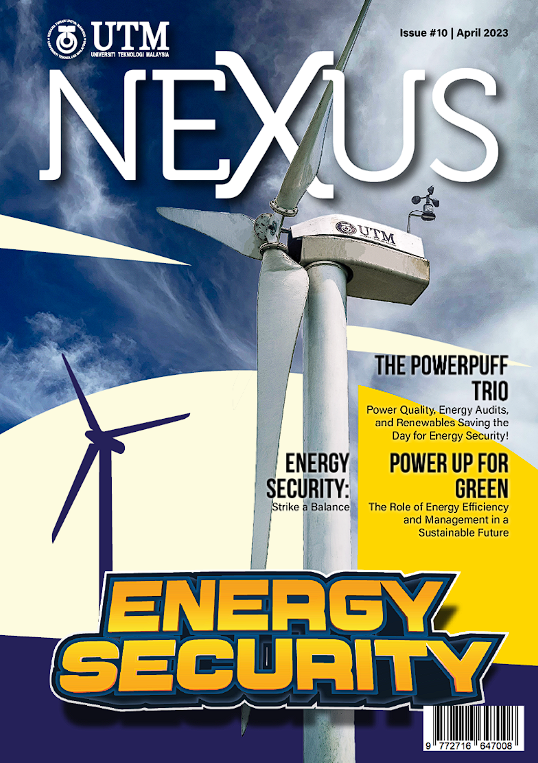
2. Elektrik atau Hidrogen? Harian Metro Ruangan Vroom https://www.hmetro.com.my/vroom/2022/11/903021/elektrik-atau-hidrogen
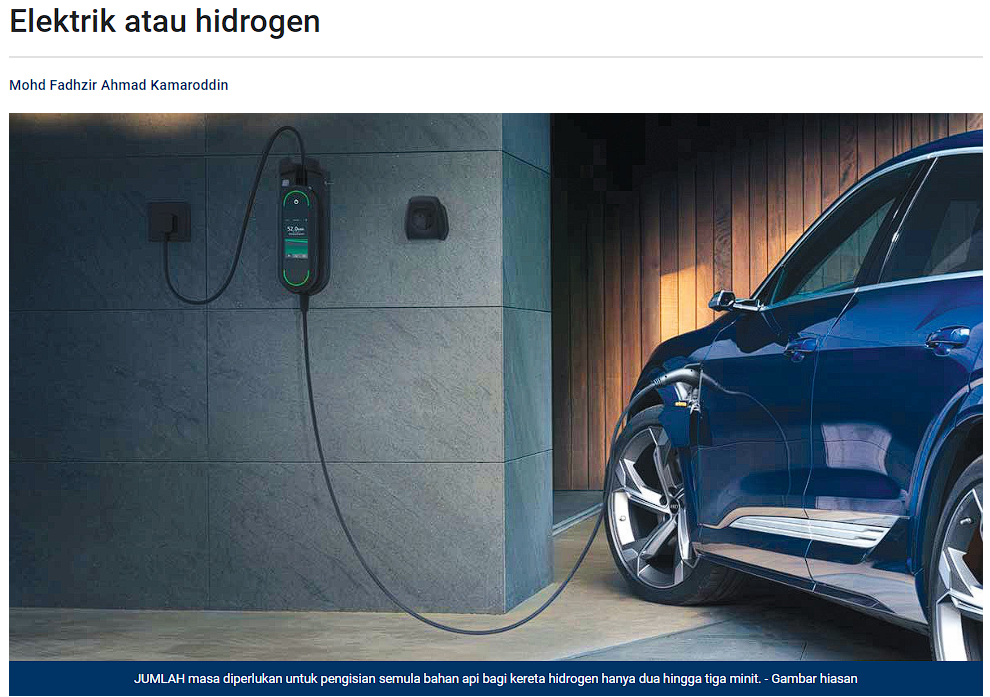
3. Apa itu sel foto elektrokimia (PEC) dan bagaimana ‘PEC’ boleh hasilkan gas hidrogen? Portal Pendidikan AJAR https://ajar.com.my/2023/05/03/apa-itu-sel-foto-elektrokimia-photo-electrochemical-cell-pec-dan-bagaimanapec-boleh-hasilkan-gas-hidrogen/
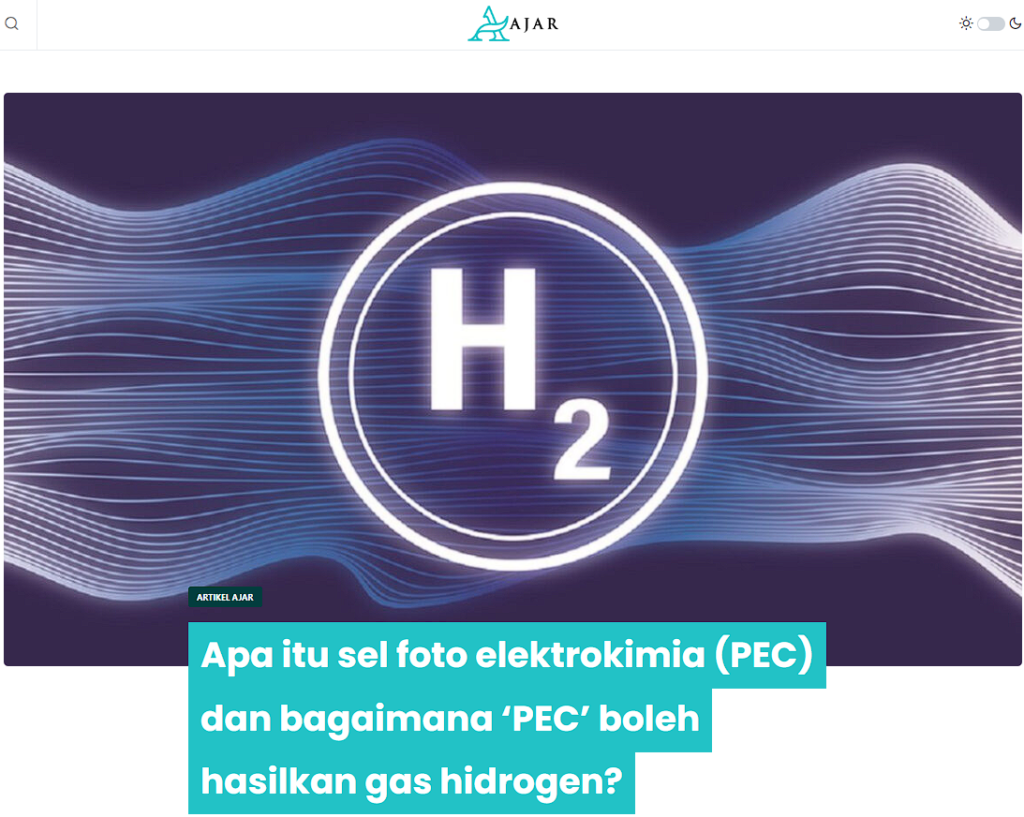
4. Universiti Berkuasa Solar di Malaysia? Portal Pendidikan AJAR https://ajar.com.my/2021/04/24/universiti-berkuasa-solar-di-malaysia/
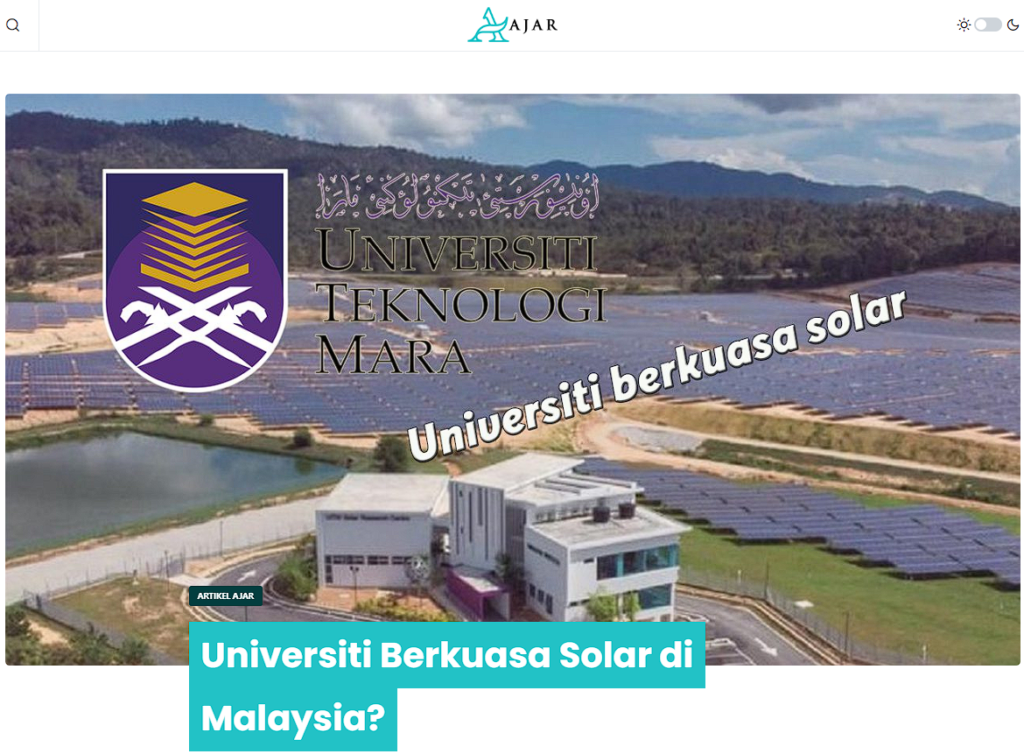
5. Lima Fakta menarik tentang Hidrogen? Portal Pendidikan AJAR https://ajar.com.my/2021/04/22/lima-fakta-menarik-tentang-hidrogen/
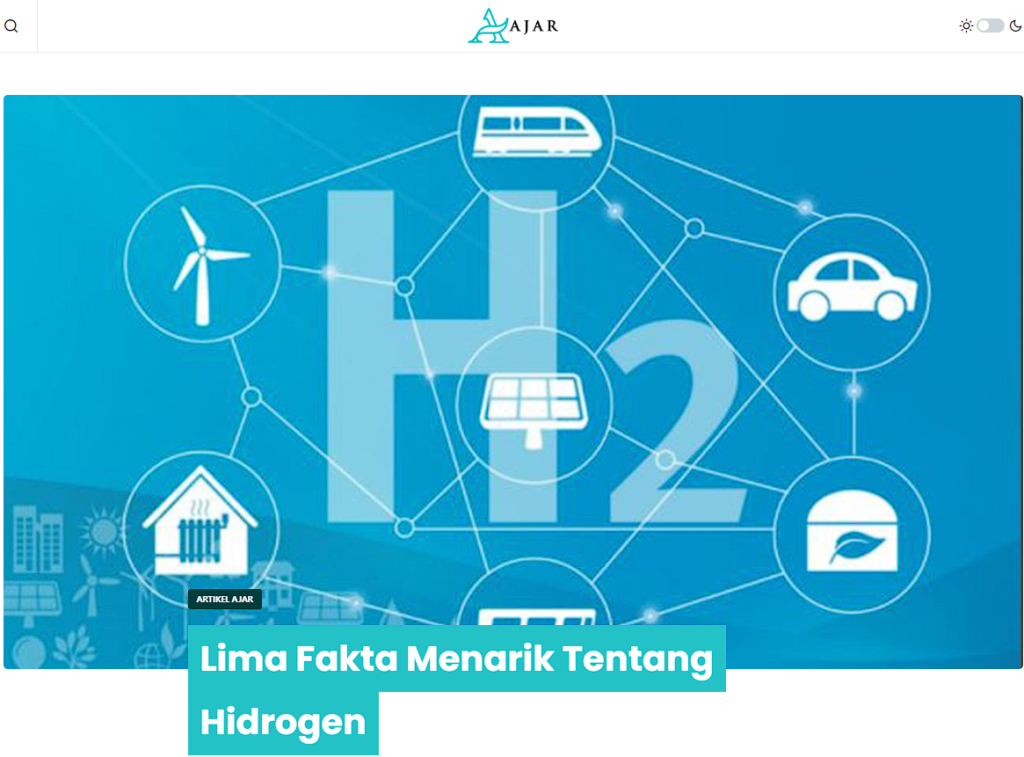
6. Kereta Masa Depan: Elektrik atau Hidrogen? Portal Pendidikan AJAR https://ajar.com.my/2021/04/15/kereta-masa-depan-elektrik-atau-hidrogen/
